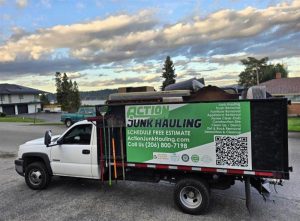Culverts are effective constructions that transport water and people beneath a road. However, there is no such thing as a one-size-fits-all culvert that meets all design requirements. To that purpose, let’s look at the various sorts of culverts that can be used at a given location. Check out stormwater pits and know more information.
- Steel pipe with corrugations
Culverts of this type are generally always the cheapest. They’re made of sheet metal that’s been rolled into corrugated shapes and joined with a lock seam. They can be ordered as a single piece or as a series of parts that can be joined together with a couple on-site. Galvanized coatings or, in severe circumstances, a polymer coating can be employed to help resist corrosion.
- CSP with an Open Bottom
An open bottom corrugated steel pipe could be the solution when environmental or site requirements demand it. These constructions are similar to structural plate CSP but lack an invert, such that only the top half of the culvert is visible. They require a foundation, which can be made of cast-in-place concrete, precast concrete, or steel. To avoid erosion and scour, the foundation should be set below the level of the streambed. Erosion control, such as rock riprap or other types of erosion management, should be a top concern.

- Pipes made of concrete
Because a concrete pipe is not a flexible structure, it must provide all of the culvert’s structural strength within the pipe walls, without the help of the surrounding backfill. Concrete pipes are much more expensive than corrugated steel pipes (by about 50%), but they will last around 50% longer (75 years instead of 50 years). Because it is expensive and disruptive to excavate this sort of culvert for sewers in the city, the longest feasible life duration is the most important concern.
- Precast box culvert
Because precast box culverts, like precast round culverts, are manufactured in a factory, they offer more strength than cast-in-place concrete. This is due to the fact that concrete’s strength is inversely related to its viscosity (flowability). That is, it is difficult to work with if it is powerful – it must be vibrated in the field. The forms may be vibrated in the plant, and the concrete is easily accessible for vibration.
- Pipe made of polymer plastic
Because polymer pipe lacks the strength of steel or concrete, it is typically employed in smaller sewer pipe applications (less than 6 feet in diameter). It does, however, have the advantage of being long-lasting because it does not rust. The cost is comparable to corrugated steel, but it can endure 100 years rather than 50.




